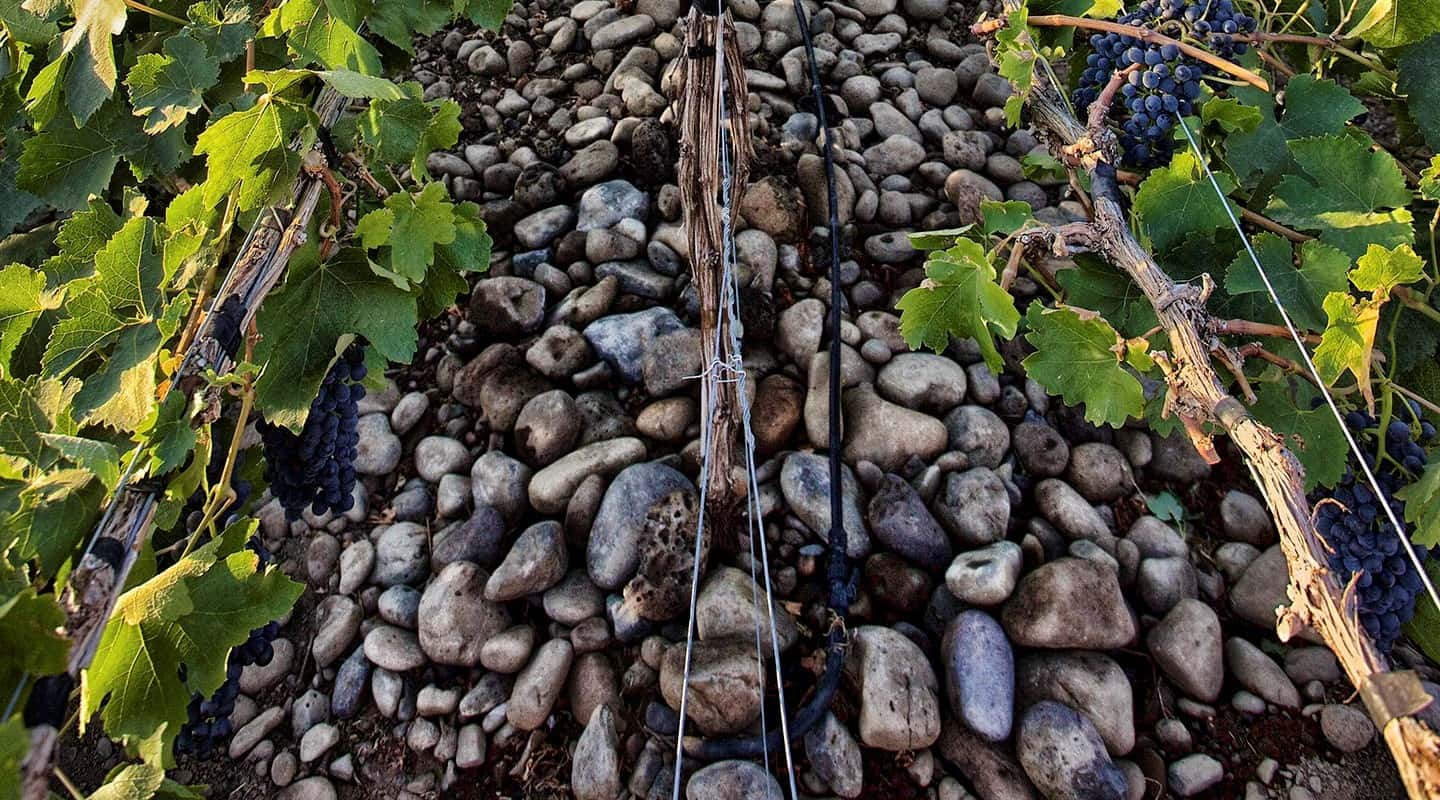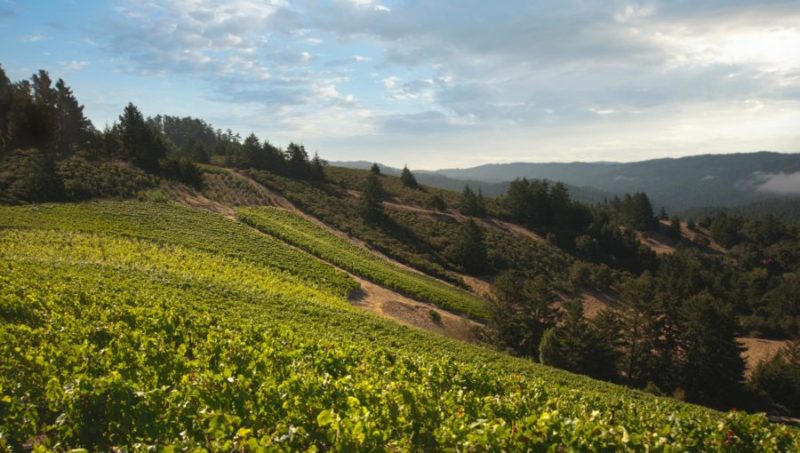The 2021 Wine Lover’s Guide- “The past two decades have seen vast changes in the world of wine.“
61 bottles, regions, and winemakers you need to know now.
The following written content by Ray Isle
The past two decades have seen vast changes in the world of wine. Before 2000, the classics were clear: classified Bordeaux, grand cru Burgundy, top Champagnes, Napa Valley Cabernet, a few others. Now, overlooked grapes like Chenin Blanc are standards, volcanic terroirs are hot spots (literally, for Mount Etna), natural wine provokes passionate debate, and many winemakers well below legal age in 2000 have become top talents in the field. So while the old benchmarks are still vital—don’t turn down Pétrus if someone hands you a glass—here are the regions, grapes, and trends helping to define the new wine world. Seek them out: They’ll tell you about what wine is today and where it’s headed—and they also happen to be delicious. —Ray Isle
10 Need-to-Know Regions

| Credit: Carla Capalbo / Cephas Picture Library
Mount Etna, Sicily
Make wine on an active volcano? Great idea, if you’re after the particular character that volcanic soils give to wine (up until the thing erupts, of course). Etna is one of Italian wine’s recent success stories, producing aromatic, detailed reds and stony whites unlike anything else from Sicily—or from Italy at all for that matter. Passopisciaro, an early star, remains so on the strength of wines like its ruby-hued, red currant–rich 2018 Passopisciaro Passorosso ($39).
Bekaa Valley, Lebanon
Lebanon’s wine culture is ancient, but American awareness of it has only just started to rise. About time: the Bekaa Valley is an ideal place to grow grapes, with warm days, cool nights, and rocky limestone soils. Start with the 2017 Domaine des Tourelles Red ($20), its succulent black currant and mint notes wrapped up in fine-grained tannins, and then explore other names like Ixsir, Château Kefraya, Château Ksara, Château Marsyas, and of course the groundbreaking Chateau Musar.
The Rocks District, Oregon

If there’s an award for most appropriately named wine region, the Rocks District wins it. The surface of this subsection of the Oregon side of the Walla Walla Valley AVA is covered in fist-size stones. But give Syrah vines a chance to take root and you’ll get magic in return— black-peppery, powerful, savory reds. Buty Winery blends that Syrah with Cabernet Sauvignon for its alluringly spicy 2016 Buty Rediviva of the Stones ($60).
Sta. Rita Hills, California
The first significant vineyard was planted here in 1971, but budding awareness of how great its Pinot Noirs could be hit in the early 2000s, and now its wines are cool-climate benchmarks. Try the 2016 Brewer-Clifton Sta. Rita Hills Pinot Noir ($40) to taste the brambly wild berries and faint salinity that characterize these wines.
Georgia
Archaeological findings near Georgia’s capital city of Tbilisi show wine being produced here nearly 8,000 years ago; on the other hand, U.S. awareness of Georgian wines dates more to, say, 2010. Traditionally made in huge clay qvevri, these skin-contact whites (i.e., orange wines) and vivid reds thrilled sommeliers when they started to appear here. Track down the savory, amber-hued 2019 Orgo Dila-O Rkatsiteli-Mtsvane ($17) to see why.
Sierra De Gredos, Spain
Mountainous and austere, the Sierra de Gredos region west of Madrid started to gain acclaim 10 years or so ago as a source for gorgeous cool-climate Grenache, as young vintners took inspiration from France’s legendary Château Rayas to focus on the variety’s transparency and grace. The 2019 Comando G La Bruja de Rozas ($30) is characteristic, with its translucent ruby hue and herb-scented wild strawberry flavors.
Santa Cruz Mountains, California

The Santa Cruz Mountains have a storied winemaking history, but it seems only in recent years that wine lovers have realized how amazing the vineyards are. Whether the region does Pinot, Chardonnay, or Cabernet better is an open question, but there’s no doubt that the lemon blossom–scented 2017 Mount Eden Vineyards Estate Chardonnay ($60) is as ageworthy and complex as any great white Burgundy.
The Aubechampagne, France
For a long time, the Aube’s grapes were used as anonymous components in big-name brands. But recently, this region in Champagne’s far south has exploded into view. The Drappier family, which has been here since 1808, provides a great introduction to the Aube’s strengths with the Pinot Noir–driven, nonvintage Champagne Drappier Carte d’Or ($49).
Swartland, South Africa
Lying along South Africa’s western coast, this region of rolling scrubland is also home to extraordinary old-vine Chenin Blancs, Syrahs, and field blends. The Swartland Revolution group of winemakers ignited awareness, pushing a more elegant style that thrilled wine lovers around the world. Founding members Andrea and Chris Mullineux’s 2017 Mullineux Syrah ($38), meaty and white peppery, speaks of the place brilliantly.
England
Fifty years ago, southern England was too cold to ripen Chardonnay and Pinot Noir, the varieties used for great sparkling wine. Thirty years ago? Not true any- more. And about 15 years ago, English sparkling took off. The best have thrilling acidity and incredible focus, like the Nyetimber Classic Cuvée Multi-Vintage ($55). It isn’t inexpensive, but it rivals similarly priced wines from, you know, those French fellows across the Channel.
5 Wines That Rocketed to Popularity

Once ignored, now powerhouses: these are today’s super-successes. Read more from Food & Wine.





